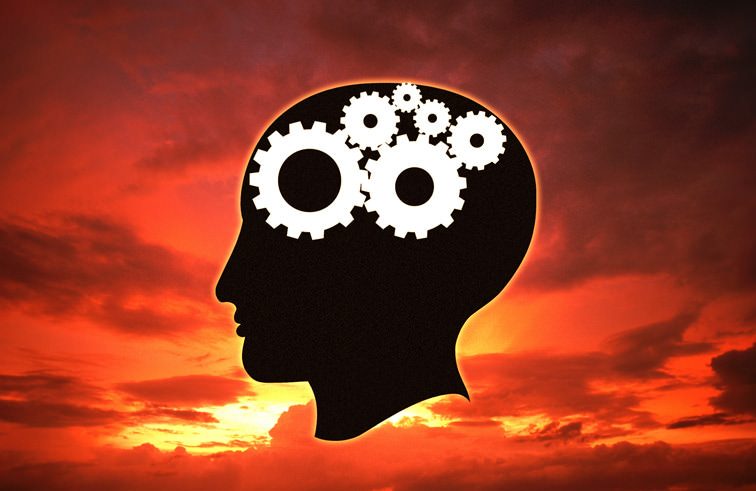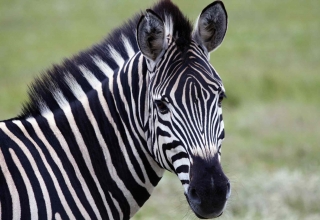
Over time, the brain developed new functions and capabilities to help us deal with the complexity of our world. This did not change the primal mission of “protect and propagate,” even though these words take on a different meaning in today’s world. The patterns hardwired into our neural circuitry are still following the rules of threat and reward, helping us to act on automatic pilot since we can’t stop and think about every move we must make. As a result, humans have three major centers in our brains—with two operating at the pre-cognitive level—helping us to deal with life as we attempt to be brilliant, creative, philosophical, competitive, logical, efficient and silly.
The REACTIVE Brain
The base, or the first brain, is called the reactive or reptilian brain. More commonly known as the brain stem, this portion of the brain resembles the brain found in reptiles.
The reactive brain is where the command centers for living are located. These control sleep and waking, respiration, body temperature and the basic movements needed to keep us alive. Consider how difficult it is to concentrate on a task when you are too hot, too cold or too hungry to do anything. You have to take care of your basic needs first to protect your body.
Next, the reptilian brain is on the lookout for things that can hurt us and for things that can make the body feel good. It operates in a state of hyperalert, a loyal sentinel constantly surveying the environment. Reactions are triggered when the brain perceives a threat or a reward to the body. When receiving sensory input, the reptilian brain asks three questions:
1. Can it hurt me? If the answer is no…
2. Can I eat it? If the answer is no…
3. Can I have sex with it?
Note: It is possible that the order of the questions may be reversed for some people as my students often point out to me. I haven’t found enough evidence to either argue or agree with them. However, I can’t help but smile at their wisdom.
Download Article
















